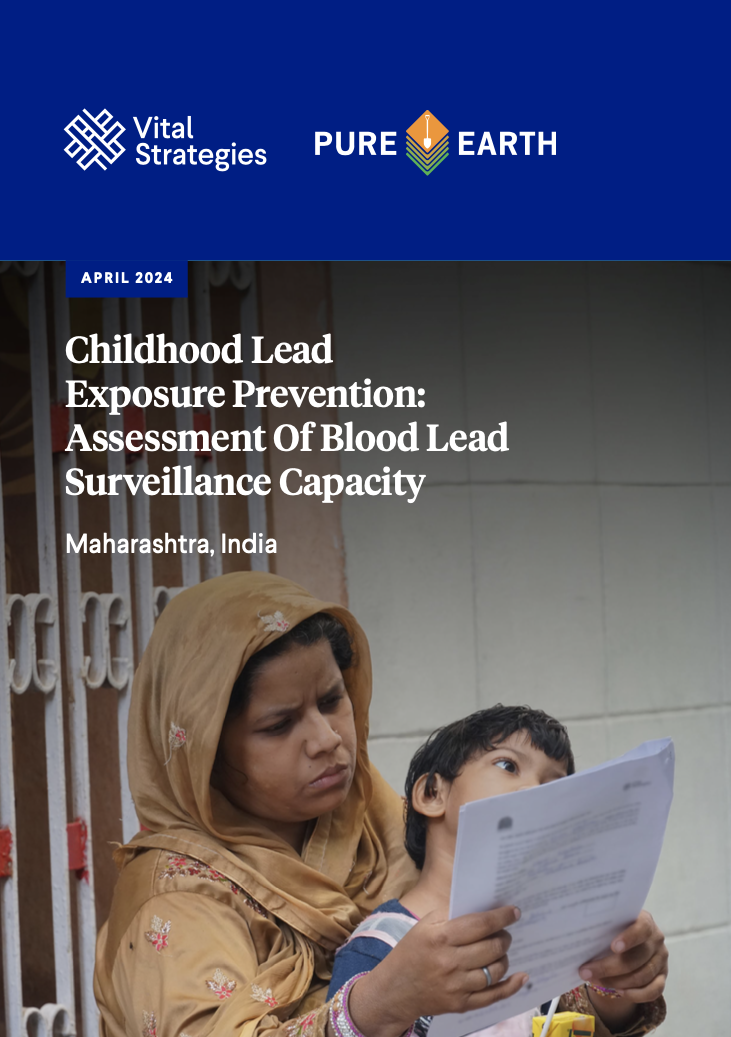In India, a recent National Institution for Transforming India (NITI) Aayog—Council of Scientific and Industrial Research (CSIR) report has highlighted the importance of establishing blood lead surveillance that can generate high-quality local data to help understand lead exposure and health burden among Indian children. This may be implemented effectively at the state level, starting in states including Maharashtra, where there is demonstrated government commitment to addressing environmental health issues. Statewide childhood blood lead surveillance typically involves monitoring blood lead levels (BLLs) among children and collecting other information that may indicate risks and sources of lead exposure.
As an essential step toward establishing such a system at the state level in Maharashtra, we conducted a capacity assessment to evaluate existing laboratory capacity and health system structure and provide recommendations for capacity strengthening and surveillance options best suited for Maharashtra. This capacity assessment report evaluated the policy landscape, public health infrastructure laboratory capacity to initiate and support a statewide childhood lead surveillance system, which will be fulfilled in close collaboration with the Public Health Department (PHD), Government of Maharashtra.
Recent Abstracts
Trouble Brewing – The Case for Alcohol Policy (Second Edition)
Lessons from Vietnam’s Campaign for a Tax on Sugar-Sweetened Beverages
Principles of Alcohol Taxation
Clean Air in Jakarta: Gaps and Possibilities Toward Low Emission Practices
Public Attitudes Towards Alcohol Policy: South Africa
Quality Assurance and Improvement Framework for Medical Certification of Cause of Death and…
More Data Better Health: Climate and Health in the Legal Amazon
Mais Dados Mais Saúde: Clima e Saúde na Amazônia Legal
Health Taxes Action Guide
Opinión pública frente a la política de alcohol: Colombia
